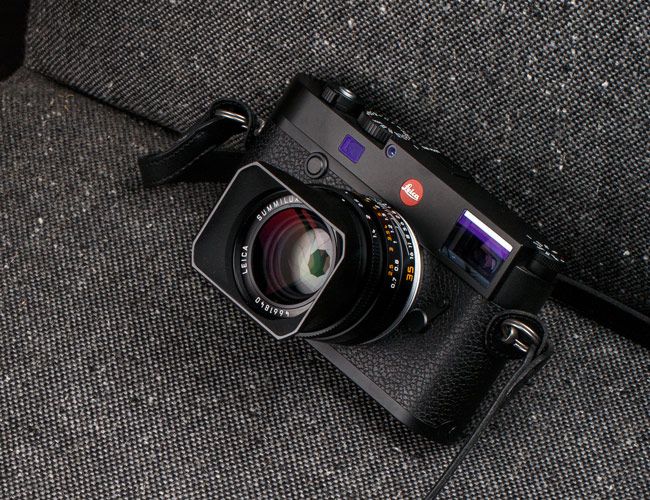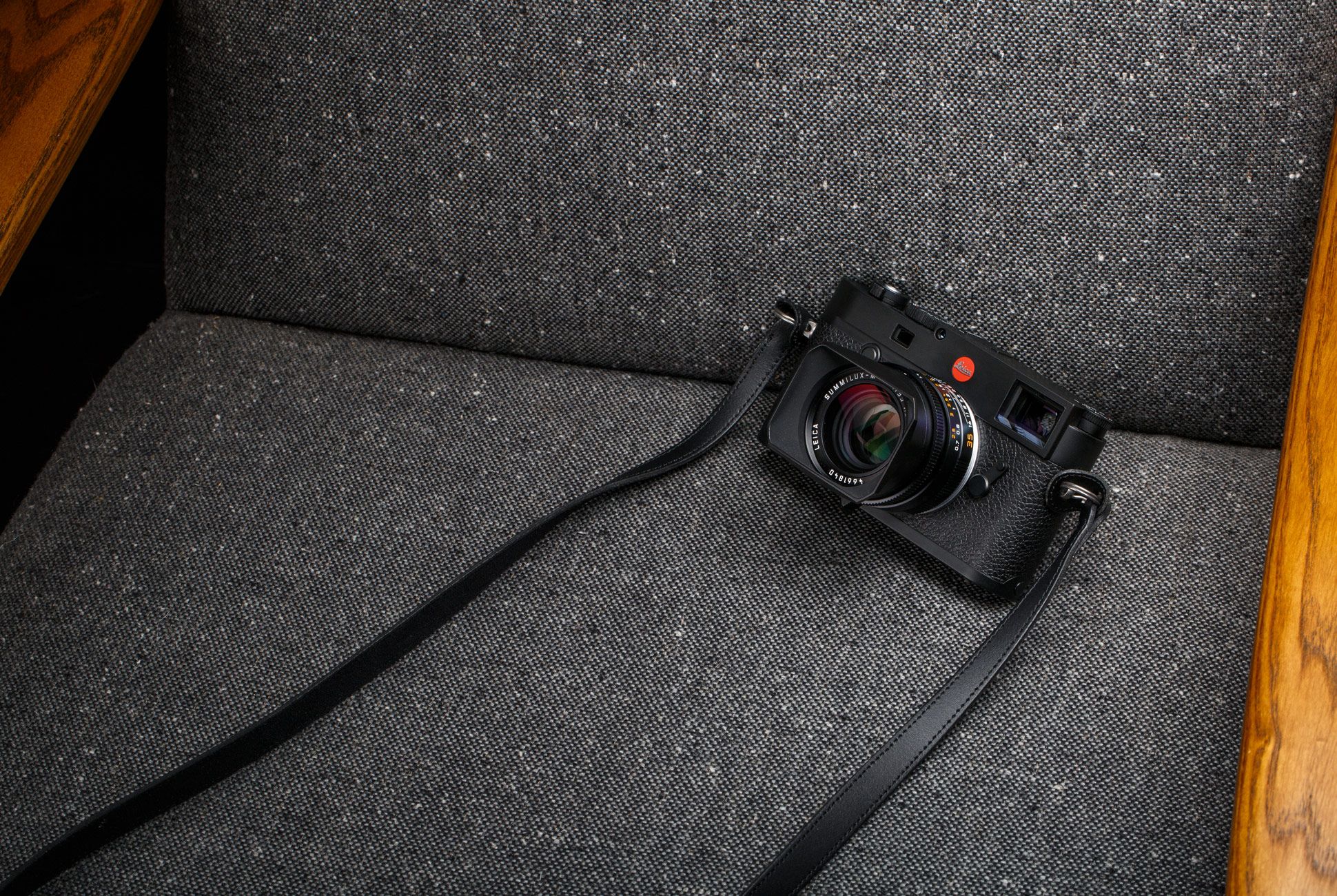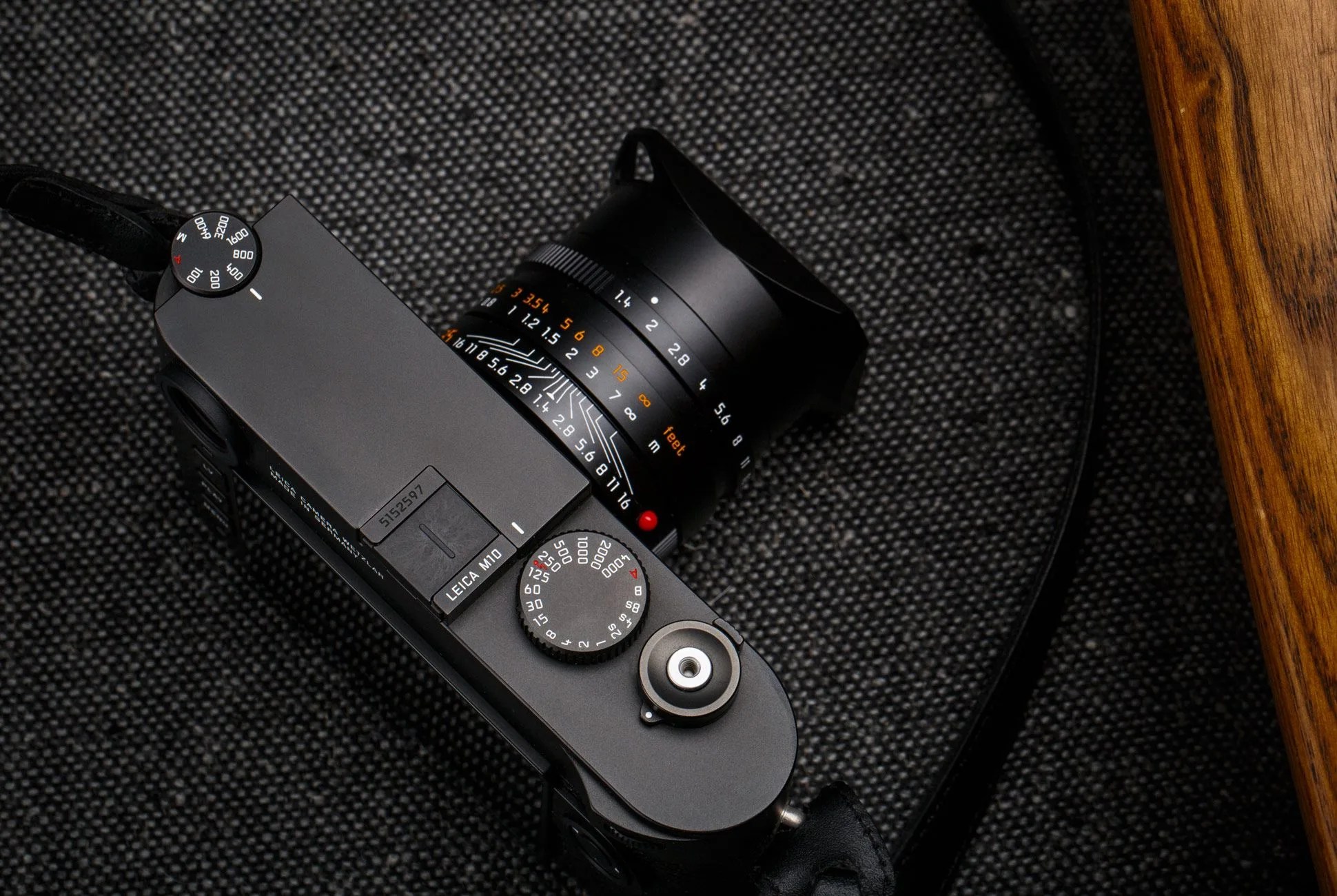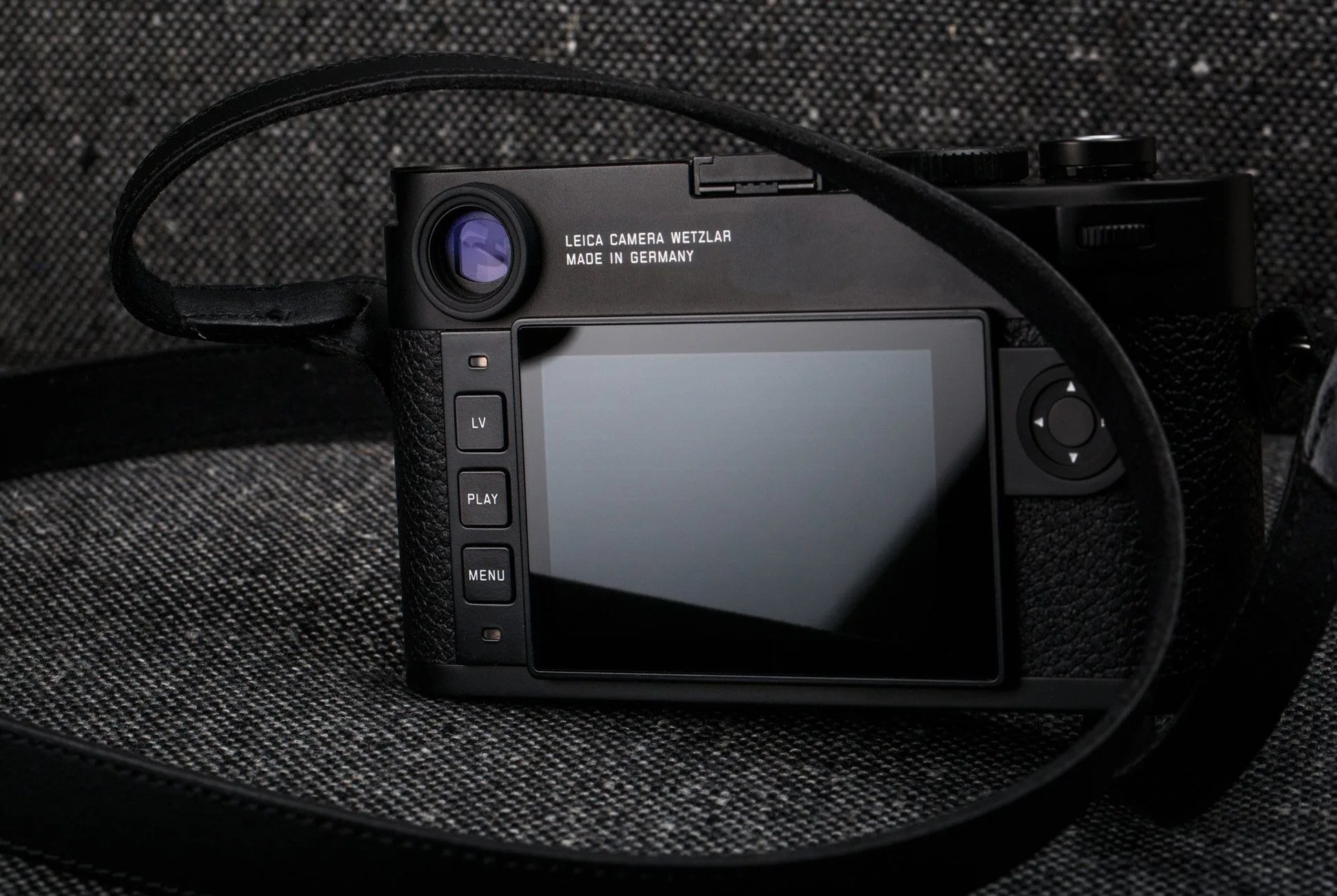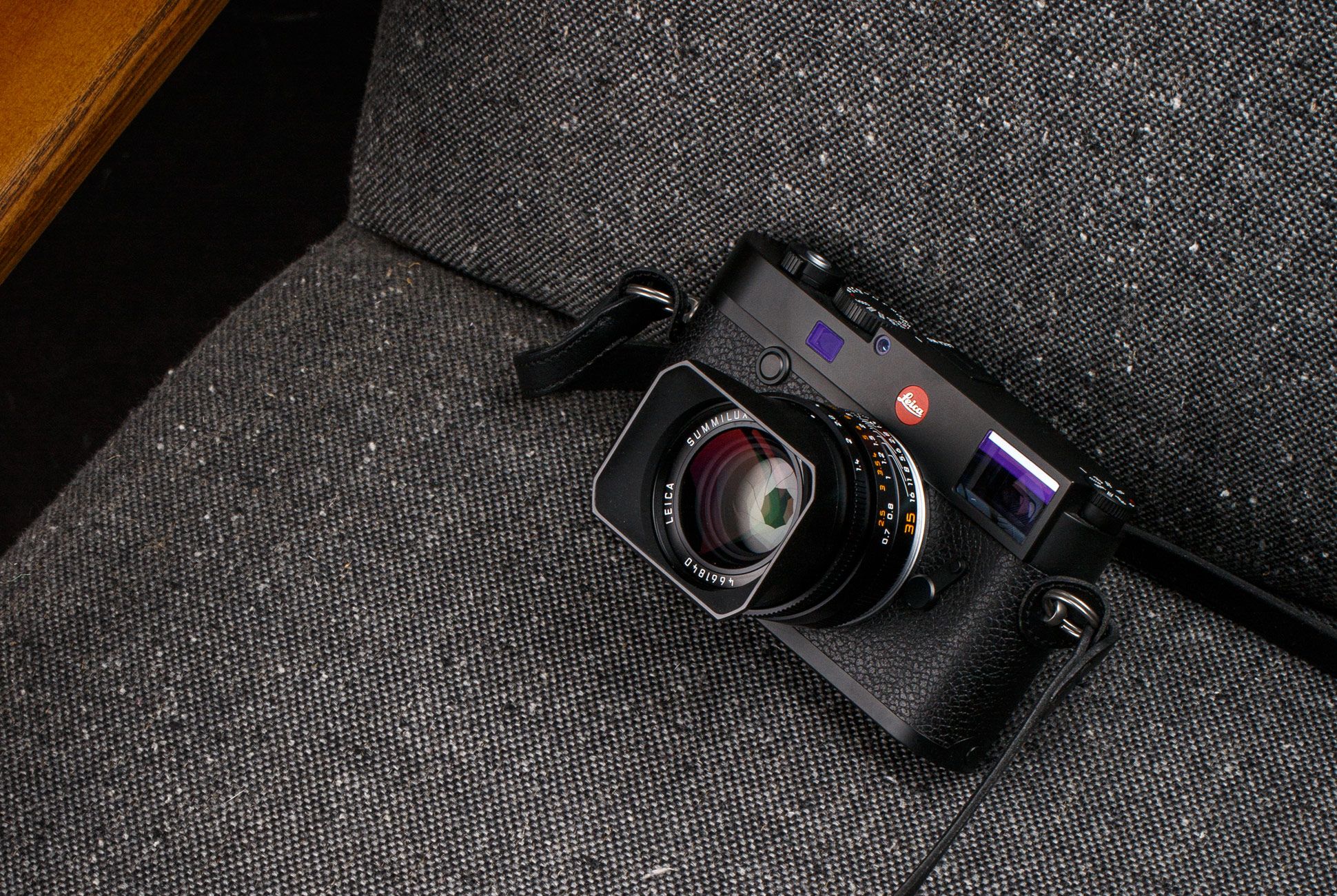4 photos
Like Porsche enthusiasts and Rolex enthusiasts, Leica geeks have a bit of a beef with the idea of “innovation,” especially when it comes to the legendary M-series rangefinders. Depending on who you ask, Leica perfected the formula with either the M3, the M6 or the M9 (by this trend, the M12 will be one for the books) and all that any future models have done is sully the bloodline. The good news, it seems, is that Leica gave in to the whiners with the brand new M10 ($6,595).
More Reviews and News: Leica Q Review | Hasselblad X1D Review | More Cameras
The newest iteration is basically a checklist of things that Leica enthusiasts wanted to see. A gloriously tactile ISO knob replaces a button (and takes some styling cues from the M3), the whole camera is thinner so that it feels more like the film-based M cameras, video mode is gone for the sake of purity, the viewfinder is bigger and the user interface is simpler. Internally, in a move that is quintessentially Leica, the camera gets an all-new sensor with improved specs like high ISO performance and dynamic range, but has the same resolution as the last six years of Leica cameras have had. 24, it seems, is the perfect number.
In handling the camera, all of these tweaks add up to a really fantastic shooting experience. The M10 is exactly what you want an M camera to be: simple, powerful, beautiful and precise. The viewfinder revisions make shooting with a 28 or 35 way more pleasant. Images coming off the camera are cleaner than the outgoing Typ 240. And the fact that this is the first digital Leica where you can set ISO, aperture, shutter speed and focus all without turning the camera on helps it win regardless of anything else.
It seems that Leica has reached the point in its product lineup where it feels content with specialization. Without the convenient, compact Q or the powerful, feature-packed SL or the affordable, capable TL, the M wouldn’t be able to be this good. It would be buried in features or cost-cutting measures that just don’t jibe with the hyper-specialized, unapologetically expensive heritage product that it is. The M10 feels like the digital rangefinder everyone always wanted. But, of course, you can probably find someone who will tell you the M9 was better.
